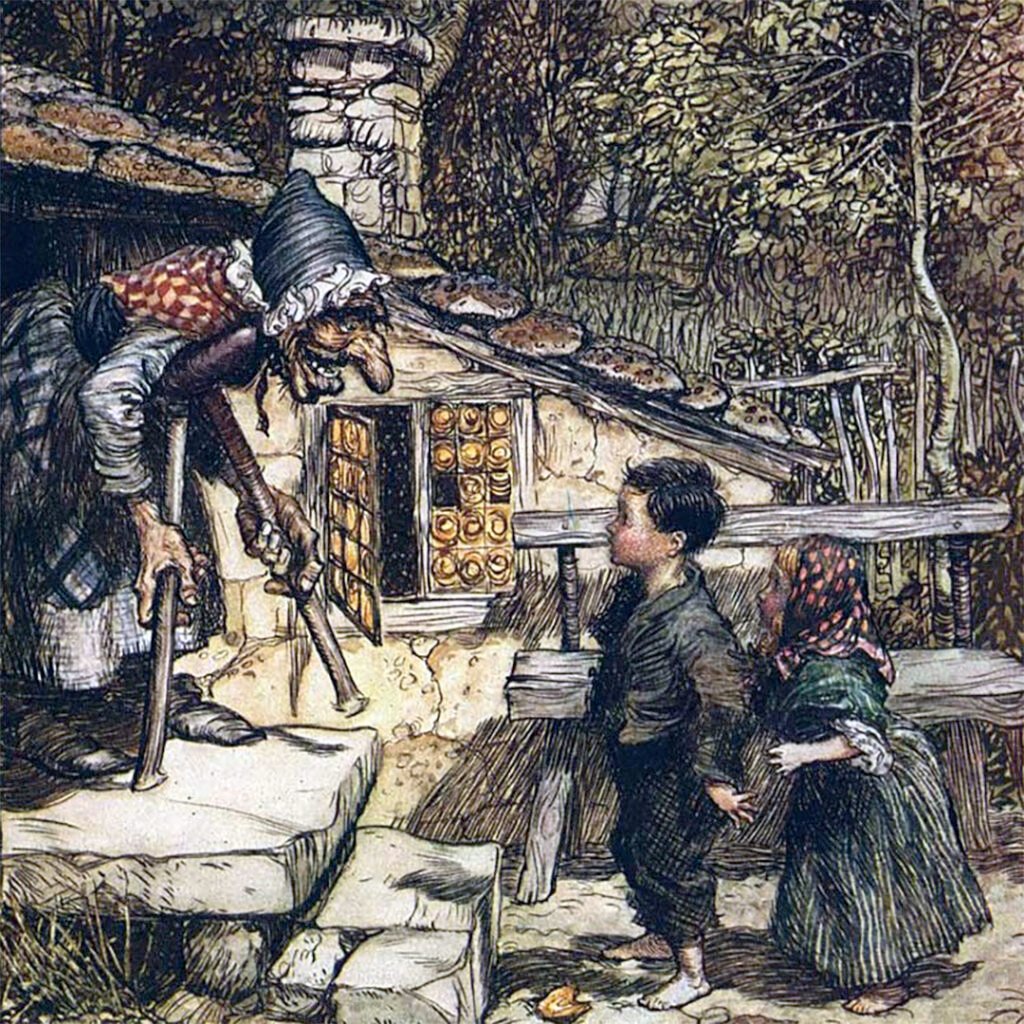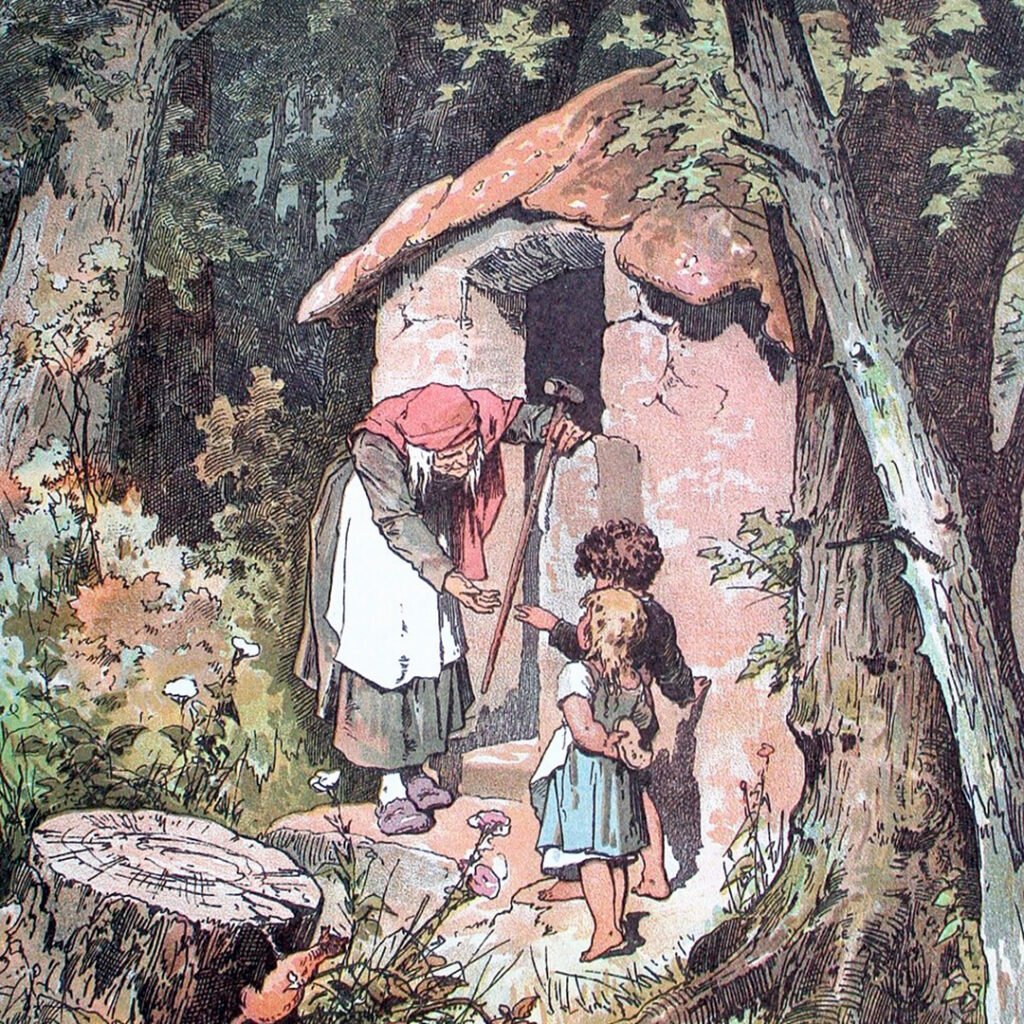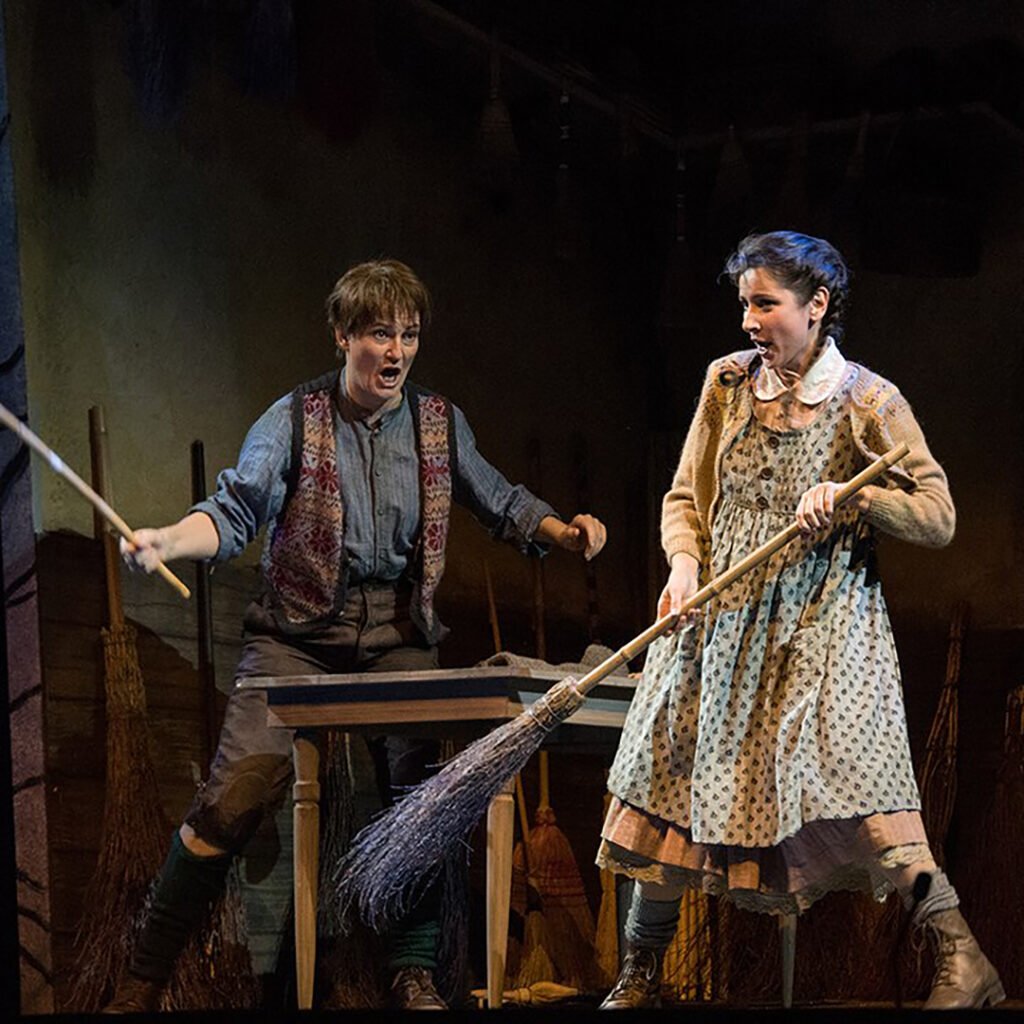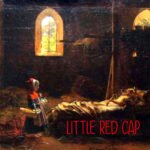I’m fascinated by fairy tales penned by authors who lived centuries before us. Stories that appear utterly ridiculous to modern readers often reveal profound truths when we dig beneath their whimsical surface.
Marina Warner, the renowned English novelist, historian, and mythographer, captured this perfectly when she described fairy tales as “stories that try to find the truth and give us glimpses of greater things.”
Truth in fairy tales? It can seem as elusive as a unicorn at a disco. Yet consider the infamous “Hansel and Gretel” from the Brothers Grimm—a tale most of us know but few truly understand. I will use it as my example for the remainder of the article.
The Hidden Depths of Abandonment
The story begins with a harsh reality that would have resonated deeply with its original audience: economic desperation. Hansel and Gretel’s parents abandon them in the forest, not through any fault of the children. Times were brutal, the family was starving, and the stepmother’s relentless pressure finally broke the weak-willed father’s resistance. To save themselves, they sacrificed the most vulnerable.
The dark forest where the children find themselves isn’t just a setting—it’s a powerful symbol of their complete abandonment and the unknown dangers that await those cast out from society’s protection.
Survival, Deception, and False Hope
Lost and alone, Hansel and Gretel tap into primal survival instincts. When they discover the gingerbread house, it represents both salvation and a trap—the very duality that defines so many of life’s tempting offers. The cannibalistic witch who dwells within embodies false hope, the predator who preys on the desperate and vulnerable.
But here’s where the tale becomes truly profound. The children don’t remain victims. They use their wits to overcome evil, demonstrating that even the powerless can triumph through cleverness and courage.
The final obstacle—a lake separating them from home—requires one last act of faith. The swan that carries them across symbolizes freedom and transformation, serving as a bridge between their traumatic past and a hopeful future.
They never gave up, and for their determination, they were rewarded with jewels, returned to their home, and given a second chance with their father, who had repented and sent the stepmother away.
Truth Hidden in Fantasy
These weren’t just bedtime stories. During the era when such tales were collected and refined, cannibalism, witchcraft accusations, and child abandonment due to extreme poverty were grim realities. Children were indeed easy victims in a harsh world with little social safety net.
The fantastic elements served a purpose: they allowed storytellers to explore the darkest aspects of human nature and society while providing psychological distance from overwhelming truths.
The Enduring Power of Hope
Fairy tales show us the eternal struggle between good and evil, hope and despair—forces we all wrestle with throughout our lives. They acknowledge that terrible things happen to innocent people and that the world can be cruel and unfair.
But most importantly, fairy tales remind us that we all have the potential for our own “Happily Ever After.” Not through magic or divine intervention but through resilience, cleverness, moral courage, and the refusal to surrender hope even in our darkest moments.
That, perhaps, is the greatest truth these “ridiculous” old stories have to offer: no matter how lost we become in life’s dark forest, there’s always a path home.
What fairy tale has always puzzled or intrigued you? Share your thoughts in the comments below—I’d love to hear which “ridiculous” story you think might be hiding profound wisdom, or tell us about a fairy tale moment that suddenly made perfect sense when you looked deeper. Let’s uncover these hidden truths together!




